Dogs, much like children, relish in playful interactions.
Their seemingly rough play, complete with yips and barks, is a normal aspect of canine communication.
For pet owners, whether managing multiple dogs at home or engaging in dog park adventures, distinguishing between playful antics and serious fights is crucial.
Play or Aggression? Deciphering Dog Interactions at the Park
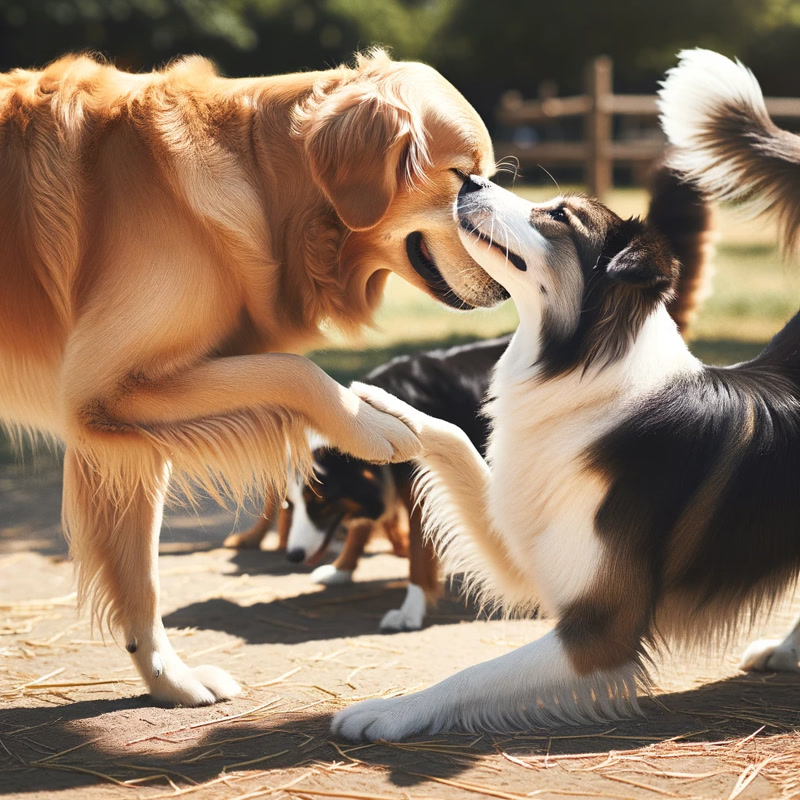
Imagine two common scenarios at a dog park. In the first, a pair of dogs are playfully interacting when suddenly snarls erupt.
The brief skirmish leaves the owners unsettled, yet they perceived it as harmless play.
The second scenario presents dogs that begin wrestling, growling, and flashing teeth – a more ambiguous situation for the owners, who struggle to interpret these signals.
Key Signals: How Dogs Express Playfulness or Aggression
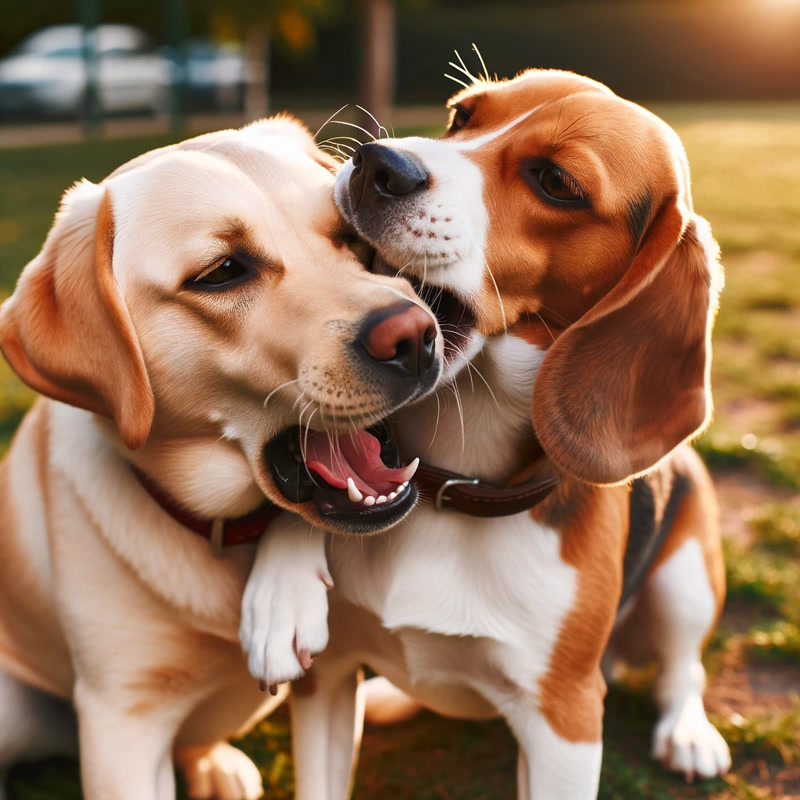
Observing canine body language is essential in differentiating play from aggression.
Playful dogs exhibit certain postures indicating a friendly tussle.
The submissive dog may crouch, allowing the dominant dog to sniff, followed by an eager readiness to engage in play.
A common playful gesture is the “play bow,” signaling a harmless romp.
Recognizing Signs of a Peaceful Playtime
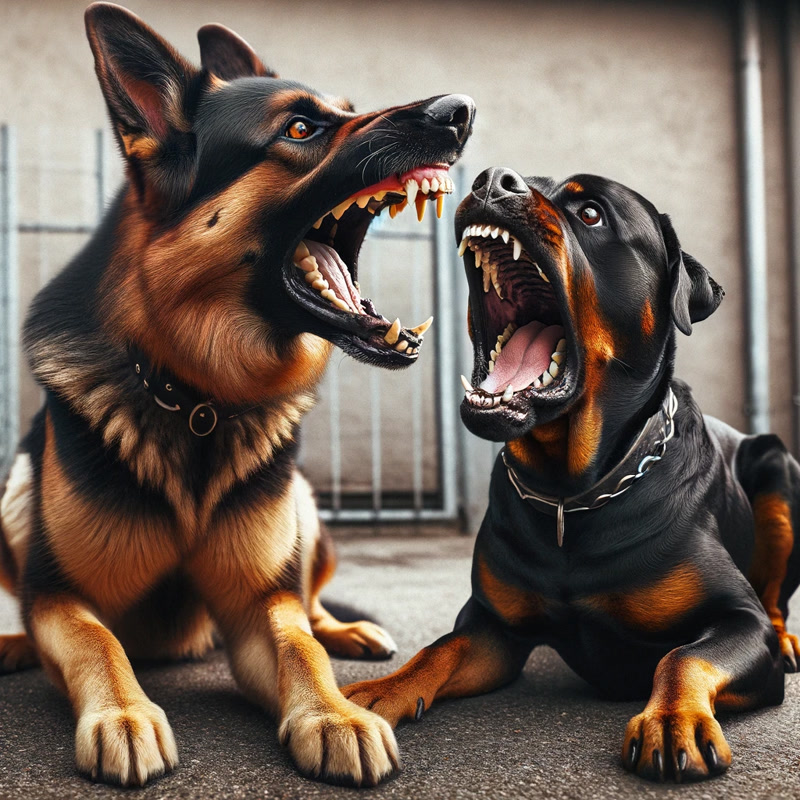
When dogs are merely playing, their movements are relaxed and fluid.
Familiarity with your dog’s breed and behavior aids in recognizing restrained play.
Lighter bites and softer pounces are indicators of a dog consciously moderating its strength during play.
Identifying Signs of Potential Dog Fights

Conversely, fighting dogs display more rigid, alert postures.
Intense growling, bared teeth, and pinned-back ears are warning signs of escalating aggression.
A dog licking its lips nervously indicates discomfort and a potential shift from play to conflict.
Preventing and Managing Dog Fights
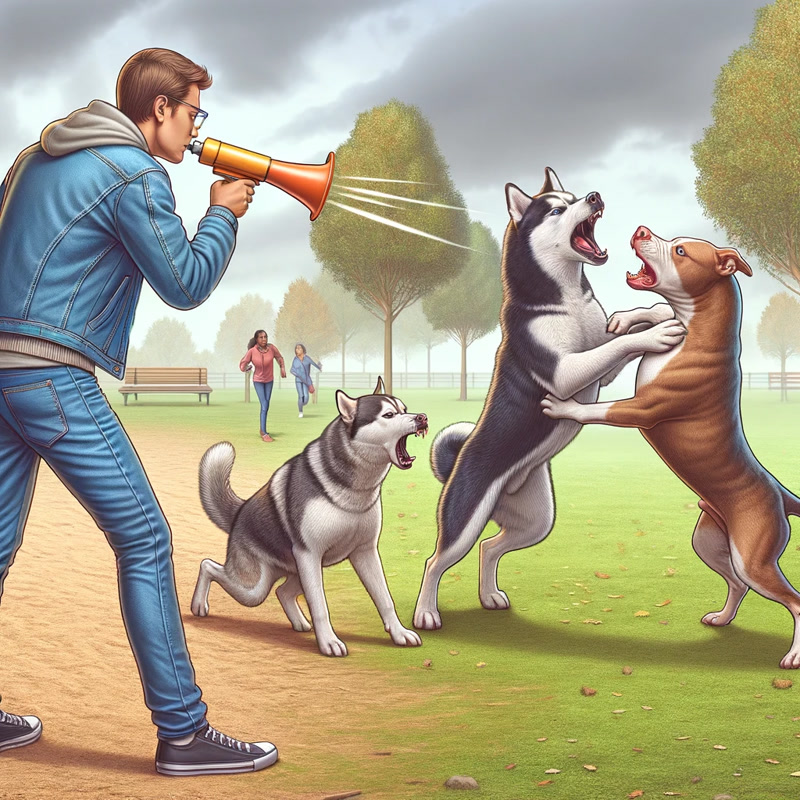
Understanding these signs fosters a more relaxed experience at dog parks.
In case of a fight, using a loud clap or an air horn can be effective in breaking it up.
It’s crucial not to scream or physically intervene, as this may exacerbate the situation or result in injury.
Conclusion: Fostering Safe and Happy Dog Interactions
By learning to read these vital cues, dog owners can ensure their pets engage in safe and enjoyable play, preventing conflicts and nurturing a harmonious environment for all.
Remember, understanding and respecting canine communication is key to a peaceful coexistence in multi-dog households and public spaces alike.

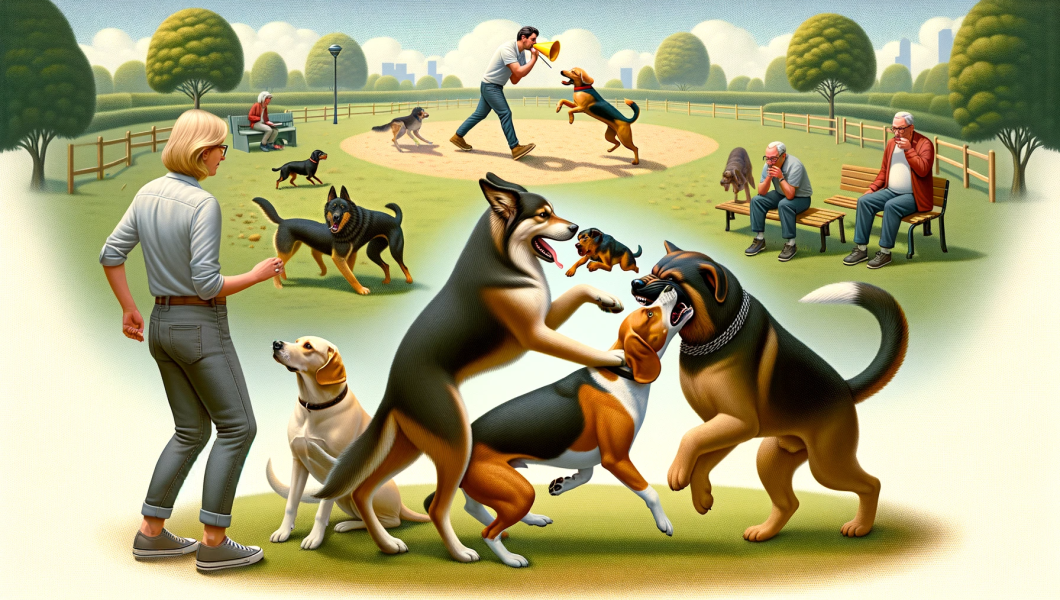

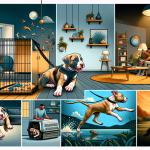


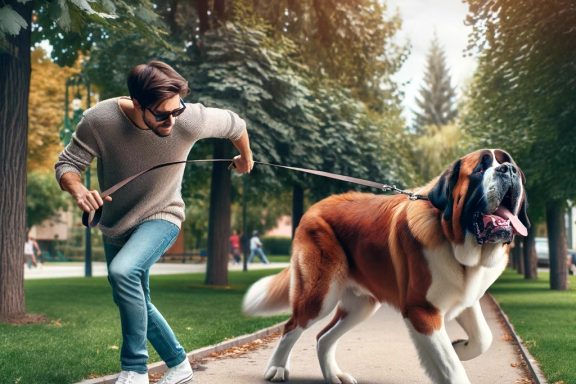
No Comments